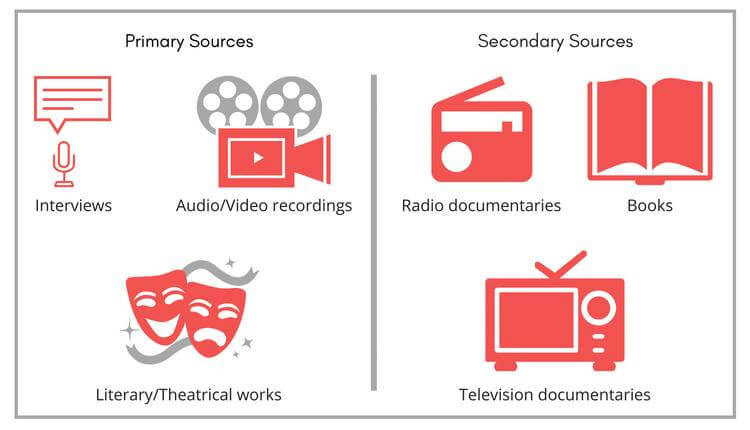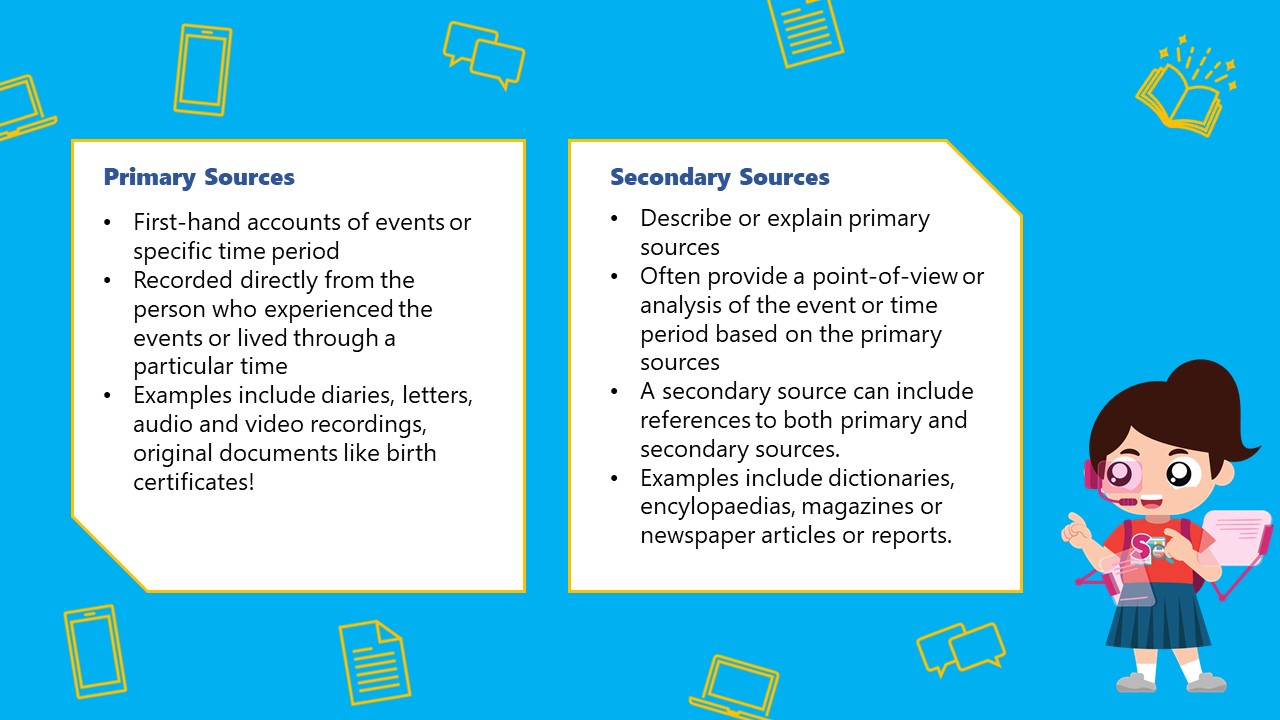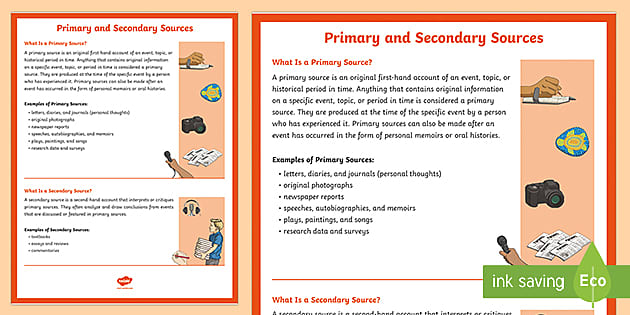How Do We Use Secondary Sources Effectively In Research?
Primary Vs. Secondary Sources: The Differences Explained | Scribbr 🎓
Keywords searched by users: How do we use secondary sources how to use secondary sources in an essay, Primary and secondary sources, secondary source essay example, Secondary source, what is a secondary source, secondary sources examples, how to cite a secondary source, primary and secondary sources examples
How Should Secondary Sources Be Used?
The use of secondary sources plays a crucial role in enhancing our understanding of a topic. These sources serve to provide valuable context to primary sources by offering comments, summaries, interpretations, and analyses of the information contained within those primary sources. Typically authored by individuals who did not directly experience the events they are discussing, secondary sources enable readers to gain a broader perspective and deeper insights into historical or subject matter. This understanding aids researchers in forming a comprehensive picture of the subject matter, allowing them to make well-informed conclusions and connections. Please note that the date “20th June 2023” is not directly related to the topic of secondary sources and has been omitted for clarity.
How Do You Use Secondary Sources In A Research Paper?
Secondary sources play a crucial role in research papers by offering insightful analyses of the same or related topics as the primary source. These sources serve as intermediaries between your research and the primary source, aiding in the development and substantiation of your argument. To effectively incorporate secondary sources into your paper, you’ll utilize them to elucidate how they connect to your primary source, thereby bolstering your research. By drawing upon the insights provided by secondary sources, you can provide a more comprehensive and well-rounded perspective on your chosen topic. [Publication date: March 8, 2021]
How Do Historians Use Secondary Sources?
Historians employ secondary sources as valuable tools to gain deeper insights into a subject and to locate additional primary and secondary resources related to that subject. Secondary sources encompass a wide range of materials, such as biographies, critical analyses of an author’s body of work, and collections of essays written by historians. By utilizing these secondary sources, historians can enhance their comprehension of historical events and contexts, while also uncovering new avenues of research. This approach not only enriches their understanding of the past but also aids in expanding the body of historical knowledge. (Note: The date “21 thg 8, 2023” appears to be an unrelated timestamp and has been omitted in this revised passage.)
Found 45 How do we use secondary sources








Categories: Details 43 How Do We Use Secondary Sources
See more here: c3.castu.org

Secondary sources offer an analysis, interpretation or a restatement of primary sources and are considered to be persuasive. They often involve generalisation, synthesis, interpretation, commentary or evaluation in an attempt to convince the reader of the creator’s argument.Secondary sources put primary sources in context. They comment, summarize, interpret or analyze information found in primary sources. Secondary sources are usually written by individuals who did not experience firsthand the events about which they are writing.
Learn more about the topic How do we use secondary sources.
- Primary and secondary sources – UNSW Library
- History: Primary vs. Secondary Sources – Research Guides
- Using Secondary Sources – Academic Writing
- Primary & Secondary Sources – HSTY100: World History to 1500
- What is Secondary Research? | Definition, Types, & Examples
- Secondary Data Analysis: Your Complete How-To Guide
See more: c3.castu.org/category/fashion
